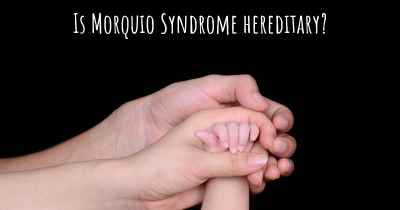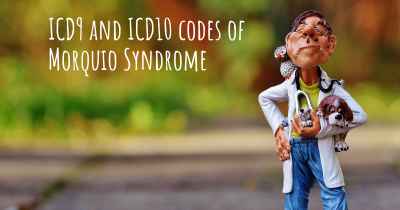What is the history of Morquio Syndrome?
When was Morquio Syndrome discovered? What is the story of this discovery? Was it coincidence or not?

Morquio Syndrome, also known as mucopolysaccharidosis type IV (MPS IV), is a rare genetic disorder that affects the body's ability to break down certain types of sugar molecules called glycosaminoglycans (GAGs). This condition was first described by a Uruguayan physician, Dr. Luis Morquio, in 1929.
Dr. Morquio observed a group of children who exhibited similar symptoms, including short stature, skeletal abnormalities, and various organ dysfunctions. He recognized that these symptoms were distinct from other known disorders at the time and named the condition after himself.
Morquio Syndrome is an autosomal recessive disorder, meaning that both parents must carry a mutated gene for their child to be affected. The condition is caused by mutations in either the GALNS gene or the GLB1 gene, which are responsible for producing enzymes that break down GAGs.
Without these enzymes, GAGs accumulate in various tissues and organs, leading to progressive damage. The accumulation primarily affects the bones, cartilage, and connective tissues, resulting in skeletal abnormalities and impaired growth.
There are two main types of Morquio Syndrome:
1. Morquio Syndrome Type A (MPS IVA): This type is caused by mutations in the GALNS gene. It is characterized by a deficiency of the enzyme N-acetylgalactosamine-6-sulfatase, which leads to the accumulation of keratan sulfate in the body.
2. Morquio Syndrome Type B (MPS IVB): This type is caused by mutations in the GLB1 gene. It is characterized by a deficiency of the enzyme beta-galactosidase, which leads to the accumulation of keratan sulfate and chondroitin sulfate in the body.
The symptoms of Morquio Syndrome can vary widely in severity, but they generally include:
- Short stature
- Skeletal abnormalities, such as abnormal curvature of the spine (kyphosis), flattened vertebrae, and pectus carinatum (protruding chest)
- Joint laxity and stiffness
- Enlarged liver and spleen
- Heart valve abnormalities
- Respiratory problems
- Impaired vision and hearing
Diagnosing Morquio Syndrome typically involves a combination of clinical evaluation, genetic testing, and biochemical analysis of urine or blood samples to detect elevated levels of GAGs.
Unfortunately, there is currently no cure for Morquio Syndrome. Treatment primarily focuses on managing the symptoms and improving the quality of life for affected individuals. This may involve a multidisciplinary approach, including orthopedic interventions, respiratory support, physical therapy, and regular monitoring of organ function.
Research efforts are ongoing to develop potential therapies, such as enzyme replacement therapy and gene therapy, to address the underlying cause of Morquio Syndrome. These advancements offer hope for improved treatments and outcomes for individuals with this rare genetic disorder.








